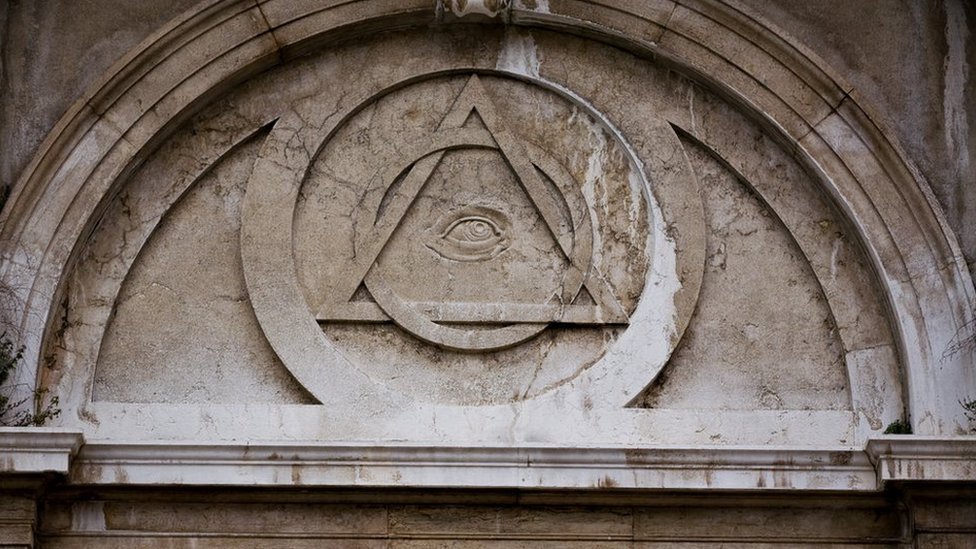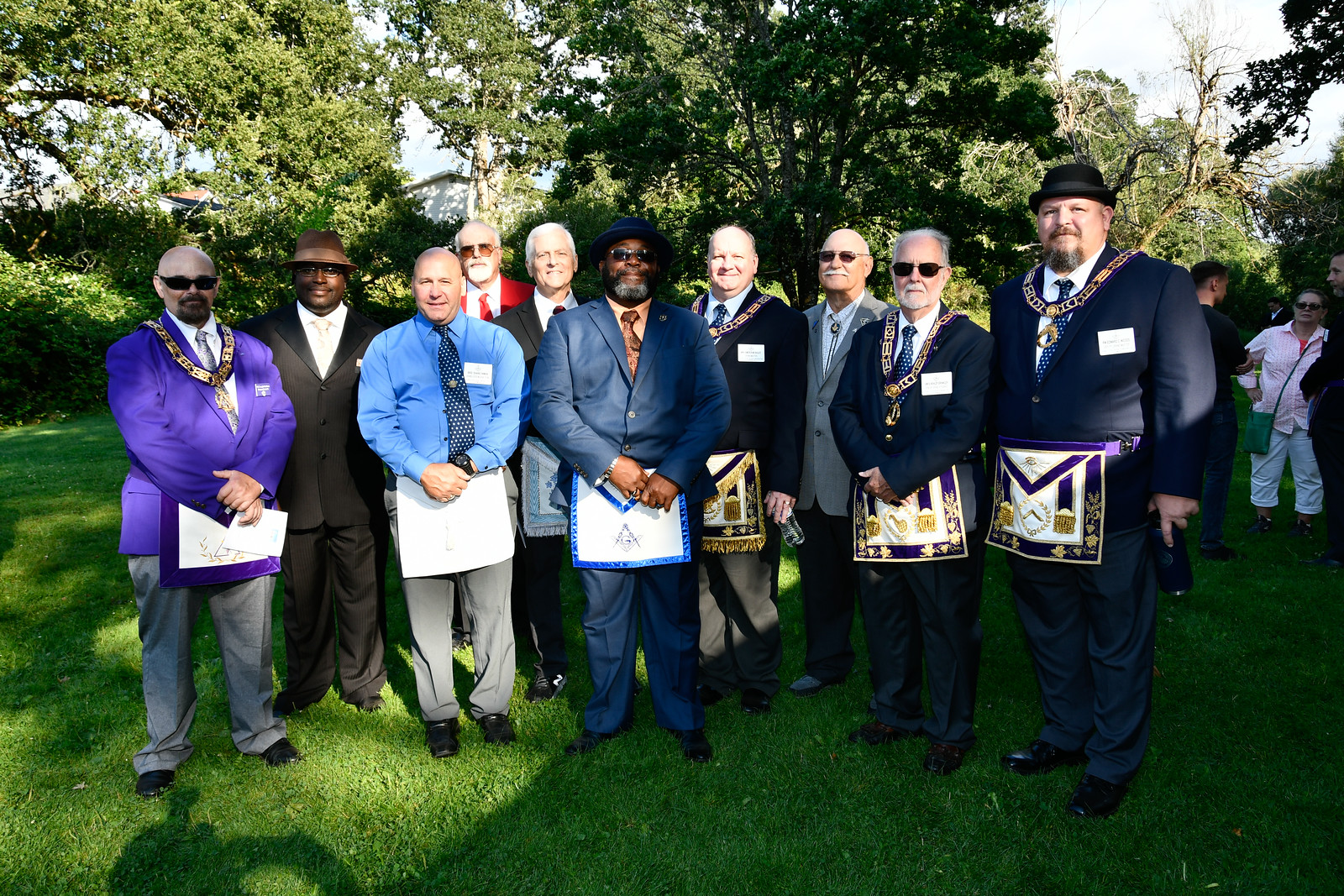Comprehensive Manual on How to Become a Freemason for Beginners
Comprehensive Manual on How to Become a Freemason for Beginners
Blog Article
Exploring the Mysteries of the Freemason: What You Need to Know
The Freemason, a term often shrouded in intrigue and debate, represents a complicated tapestry of historical reality and modern-day misconception. Developed in the late 18th century, this secret culture was at first rooted in the Knowledge's suitables however has because become synonymous with conspiracy concepts concerning elite control. As we browse the beginnings, essential figures, and the stark comparison in between misconception and truth, one must consider just how these stories affect modern assumptions of power and secrecy. What may be disclosed via a more detailed assessment of these aspects could test long-held assumptions about the shadows that linger in our society.
Beginnings of the Freemason
The beginnings of the Freemason are steeped in a mix of historical intrigue and ideological fervor. Developed in 1776 in Ingolstadt, Bavaria, by Adam Weishaupt, the group was originally formed as a secret culture focused on promoting Knowledge perfects such as reason, secularism, and the splitting up of church and state. Weishaupt, a teacher of canon law, looked for to test the prevailing authority of the church and state, which he checked out as overbearing organizations suppressing intellectual and individual freedom.
The Freemason sought to hire significant members from different social sectors, including politics, academic community, and the arts, to cultivate a network dedicated to these Enlightenment concepts. The culture run under a veil of secrecy, utilizing coded language and routines to shield its participants from persecution, particularly provided the repressive environment of the moment. The Freemason faced significant opposition from both governmental authorities and religious institutions, which saw the group as a danger to their power.
Secret Numbers and Participants
That were the essential numbers that formed the Freemason's very early influence and direction? The Bavarian Freemason, established in 1776 by Adam Weishaupt, emerged as an action to the overbearing social structures of the time. how to become a freemason. Weishaupt, a regulation professor, imagined the organization as a method to advertise Knowledge perfects such as factor, secularism, and equal rights. His preliminary recruitment efforts included significant pundits, such as Baron von Knigge, that played a critical duty in increasing the team's membership and organizational framework.
An additional considerable figure was Johann Gottlieb Fichte, a prominent thinker whose concepts on nationalism and education resonated with the Freemason's objectives. Although Fichte was not an official member, his thoughtful bases influenced the group's ideological background. In addition, figures like the author and theorist Johann Wolfgang von Goethe were connected with the more comprehensive intellectual motions of the time, although their straight involvement with the Freemason continues to be disputed.
These key numbers contributed to the Freemason's very early direction, pressing the boundaries of political and social idea, while their collective initiatives aimed to test established standards and foster an environment of progressive adjustment in Europe.
Myths vs. Fact
Several misunderstandings surround the Freemason, typically blending fact with fiction in a method that obscures its true nature. The notion that the Freemason continues to exert considerable impact over globe events is a myth - how to become a freemason.
One more widespread misconception is that the Freemason comprises a network of elite individuals controling worldwide events. In fact, many conspiracy theories exaggerate the group's relevance, connecting misguided motives to societal trends and events. This has led to an oversimplified view of complicated problems.

Modern Analyses
Contemporary analyses of the Freemason usually reflect broader societal anxieties and a fascination with secrecy and power. This modern lens frequently associates the Freemason with conspiracy theories that suggest a covert elite orchestrates world events, manipulating governments and economies for their very own gain. Such stories use a deep-rooted question of authority, specifically in times of situation or social turmoil.

Furthermore, some contemporary interpretations frame the Freemason as an allegory for the intricacies of globalization and the interconnectedness of prominent individuals and organizations. This perspective urges a critical exam of just how power characteristics operate in today's world, highlighting the equilibrium in between transparency and secrecy in administration and business techniques.
Cultural Impact and Legacy
Influenced by centuries of intrigue, the social effect and legacy of the Freemason expand much beyond its historic beginnings. This secret society, established in the late 18th century, has actually permeated various elements of prominent culture, from literary works and film to music and art. The principle of the Freemason has evolved right into a sign of conspiracy theory concepts, frequently representing a viewed covert power adjusting worldwide events.
In literary works, authors like Dan Brown have actually woven the Freemason into detailed plots, exciting visitors with themes of secrecy and power. Movies such as "National Treasure" and "The Da Vinci Code" better continue the allure of the society, mixing truth with fiction to develop appealing stories.
The Freemason's influence additionally extends right into songs, with artists referencing the company to evoke styles of rebellion and societal review. This portrayal has actually added to a fascination with the concept of clandestine groups regulating the levers Web Site of power, showing social anxieties concerning authority and transparency.
Eventually, the Freemason's heritage is a complex tapestry of myth and fact, shaping understandings of privacy and control in contemporary discourse. Its long-lasting visibility in culture highlights mankind's perennial mission for recognizing hidden truths.
Final Thought
The expedition of the Freemason discloses an intricate interplay in between historic truths and modern-day myth-making. Established in the Knowledge era, this society intended to test oppressive structures, yet its tradition has been eclipsed by conspiracy theory theories that recommend elite control. Recognizing the differences between the original ideals and contemporary interpretations is crucial for comprehending the withstanding fascination with the Freemason and its considerable impact on cultural stories bordering power and privacy in culture.
Report this page